Deepfakes: how Samsung brought the Mona Lisa to life
Controversial technology that was a porn trend is now animating famous images
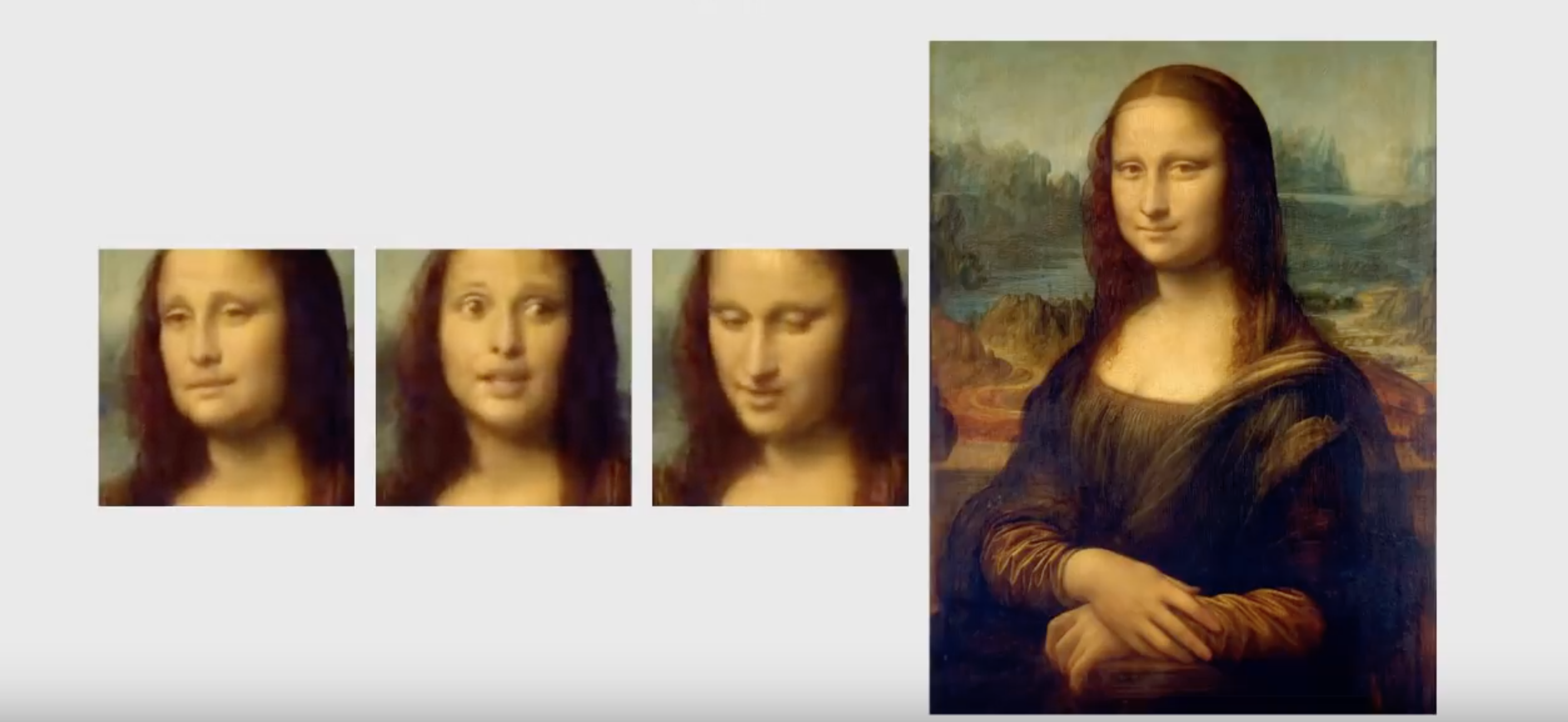
Researchers in Russia have created a video that shows Leonardo da Vinci’s Mona Lisa uncannily coming to life thanks to artificial intelligence (AI).
Samsung’s AI lab in Moscow produced a research paper that shows how works of art and images of celebrities can be turned into moving images, The Daily Telegraph reports.
The technology used to animate the Mona Lisa is commonly referred to as “deepfake”, the newspaper says. AI takes the facial expressions of a person in a video and merges it with another clip.
The Week
Escape your echo chamber. Get the facts behind the news, plus analysis from multiple perspectives.

Sign up for The Week's Free Newsletters
From our morning news briefing to a weekly Good News Newsletter, get the best of The Week delivered directly to your inbox.
From our morning news briefing to a weekly Good News Newsletter, get the best of The Week delivered directly to your inbox.

But Mona Lisa isn’t the only work to be given the deepfake treatment. TrustedReviews says that the study also brings to life Marilyn Monroe and Salvador Dali, with all three characters “moving, talking and smiling”.
The tech site says Samsung is hoping that the research can help other tech firms develop “practical applications for telepresence”, where technology allows someone to participate in an event that they are unable to physically attend.
What are “deepfakes”?
Simply put, deepfakes are videos that use AI to superimpose people in videos into another clip.
A free daily email with the biggest news stories of the day – and the best features from TheWeek.com
The practice and name come from a controversial pornography trend early last year, The Sun reports. A user on the chat forum Reddit who went by the name of “deepfakes” edited the face of Wonder Woman star Gal Gadot on to the body of a porn actor using “publicly available” software.
Before the Reddit user was outed by Motherboard and banned from the forum, the deepfakes channel amassed more than 15,000 subscribers who had created porn videos that featured the likenesses of Taylor Swift, Scarlett Johansson and Game of Thrones actor Maisie Williams.
Adult video sites such as PornHub have outlawed deepfake porn videos, but companies are starting to explore the technology and what useful applications it may have.
How was the Mona Lisa video created?
Previously, a convincing deepfake video required an AI that was “trained” using an archive of reference material consisting of tens of thousands of video, images and audio files, The Verge says. Generally speaking, the larger the dataset of reference material, the more “eerily accurate the result will be”
Samsung, however, has managed to create an AI algorithm that can turn a single photo or painting into a convincing deepfake video, the tech site says. The algorithm was trained using only 7,000 clips of celebrities, which were then mapped on to a still image to create a video.
What are the ethical issues?
Experts argue that the technology could be used to create false videos of political figures to “fool entire populations”, the BBC says.
For example, a person could create a video showing a politician promoting rivals or policies that they do not support in real life.
The deepfake porn videos that circulated on Reddit last year also raised ethical concerns, as none of them was created with the consent of the celebrities that featured in them.
Speaking to the BBC, Dave Coplin, head of AI consultancy firm The Envisioners, said the technology is “something that could be really problematic unless we have this conversation. Members of the public need to know how easy it is to create convincing fake videos.”
-
 Who is paying for Europe’s €90bn EU loan?
Who is paying for Europe’s €90bn EU loan?Today’s Big Question Kyiv secures crucial funding but the EU ‘blinked’ at the chance to strike a bold blow against Russia
-
 Quiz of The Week: 13 – 19 December
Quiz of The Week: 13 – 19 DecemberQuiz Have you been paying attention to The Week’s news?
-
 What’s causing the non-fiction slump?
What’s causing the non-fiction slump?In the Spotlight Readers are turning to crime fiction, romantasy and self-help books as a form of escapism
-
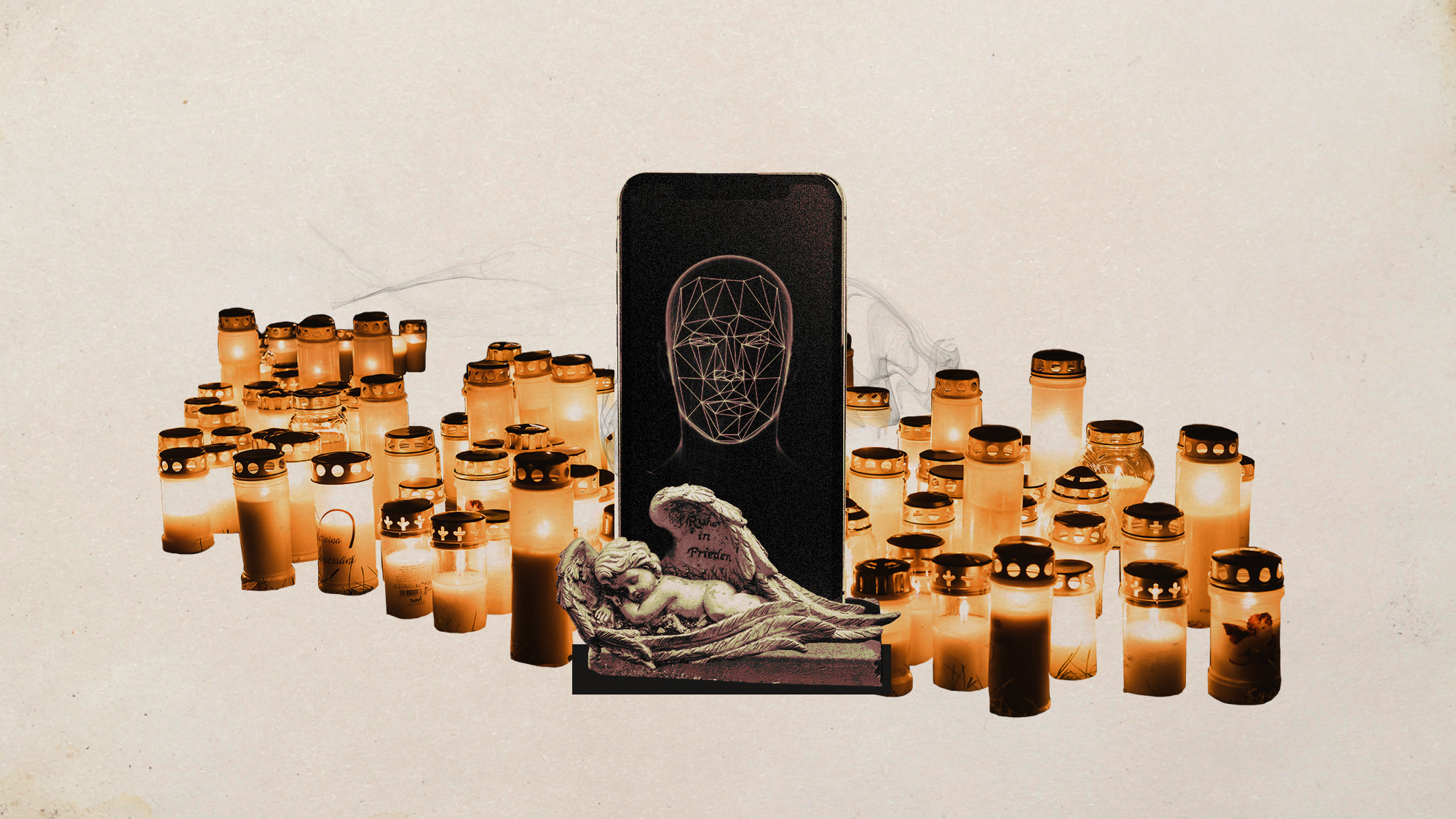 AI griefbots create a computerized afterlife
AI griefbots create a computerized afterlifeUnder the Radar Some say the machines help people mourn; others are skeptical
-
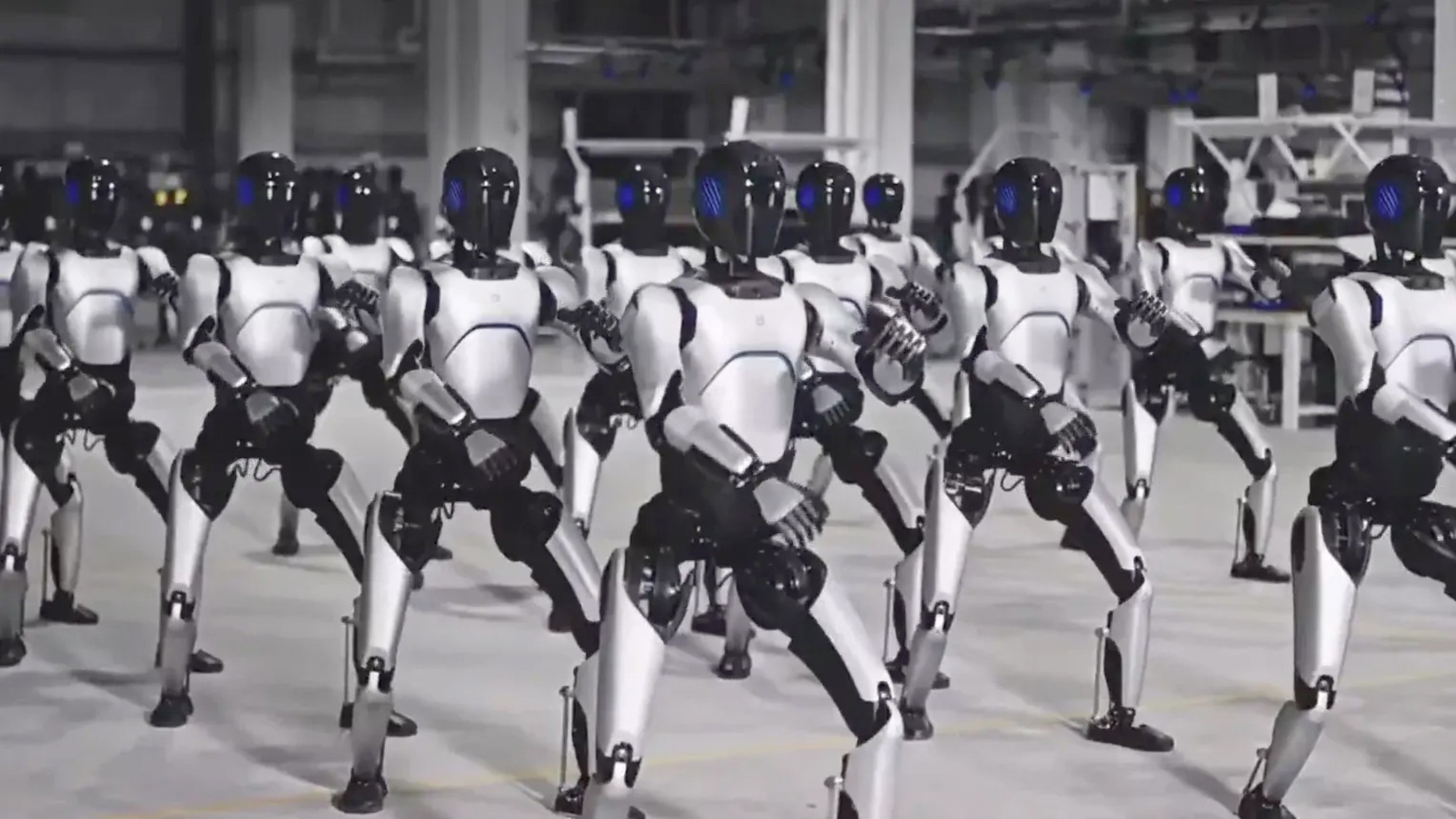 The robot revolution
The robot revolutionFeature Advances in tech and AI are producing android machine workers. What will that mean for humans?
-
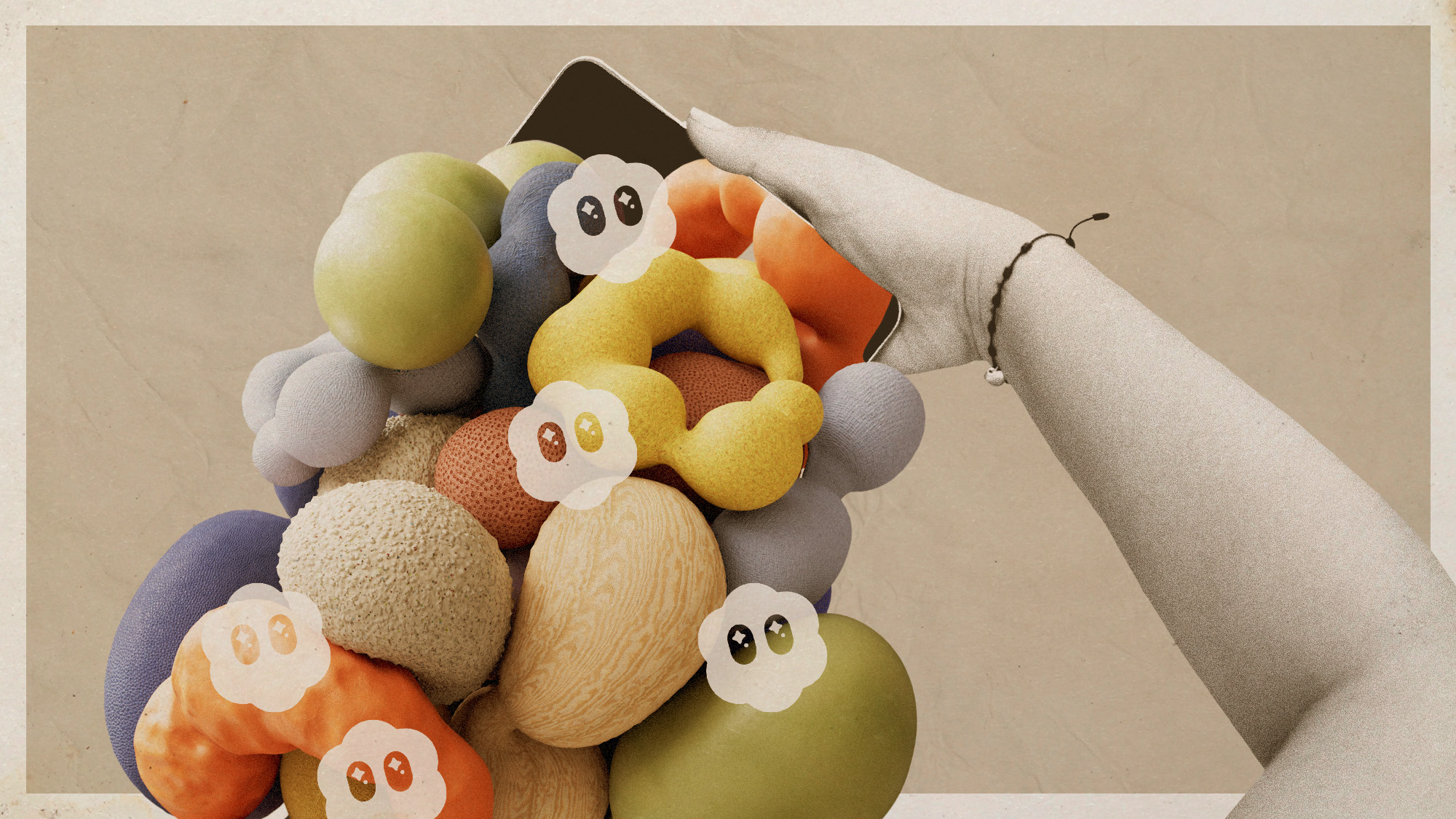 Separating the real from the fake: tips for spotting AI slop
Separating the real from the fake: tips for spotting AI slopThe Week Recommends Advanced AI may have made slop videos harder to spot, but experts say it’s still possible to detect them
-
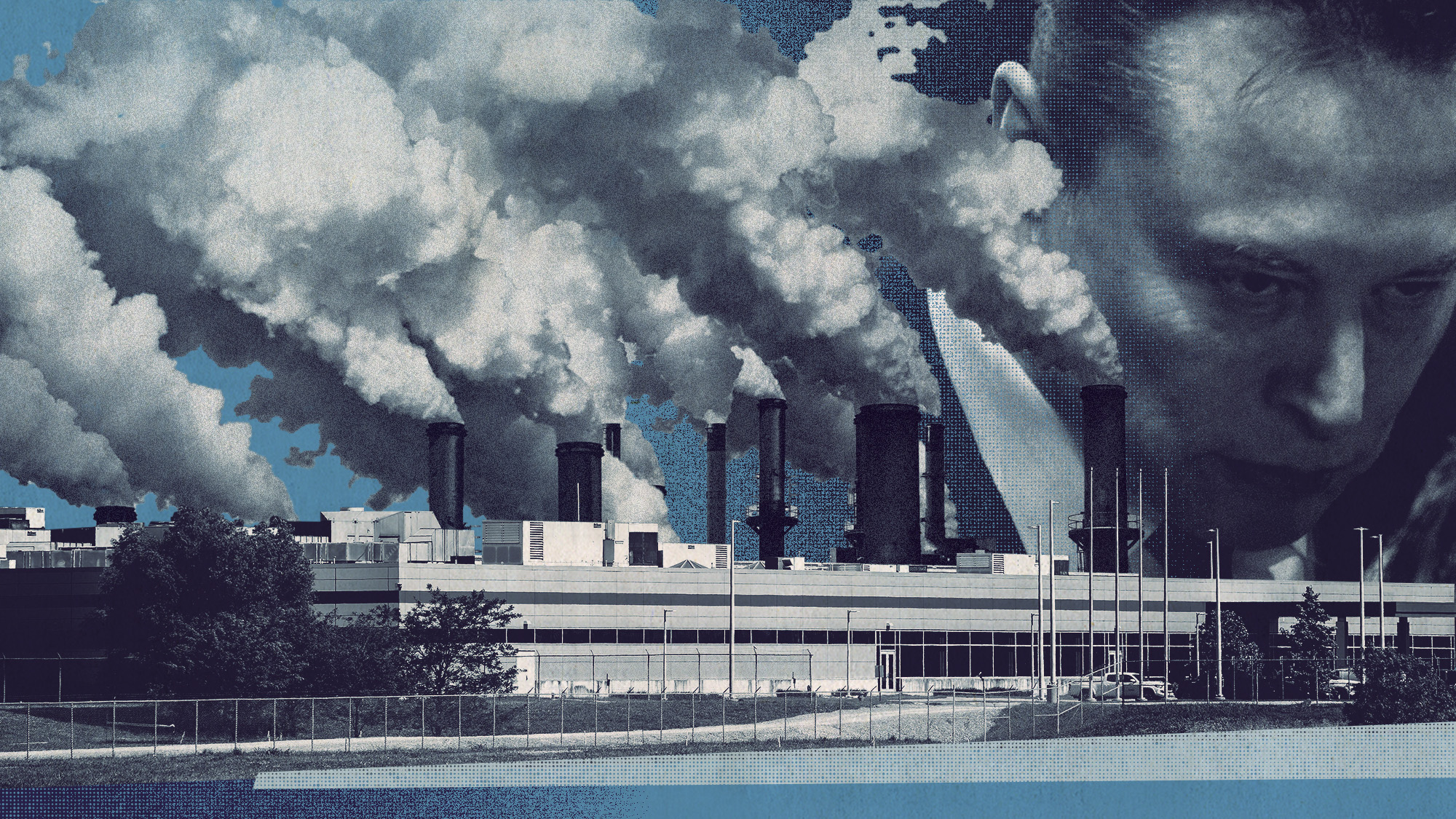 Inside a Black community’s fight against Elon Musk’s supercomputer
Inside a Black community’s fight against Elon Musk’s supercomputerUnder the radar Pollution from Colossal looms over a small Southern town, potentially exacerbating health concerns
-
 Poems can force AI to reveal how to make nuclear weapons
Poems can force AI to reveal how to make nuclear weaponsUnder The Radar ‘Adversarial poems’ are convincing AI models to go beyond safety limits
-
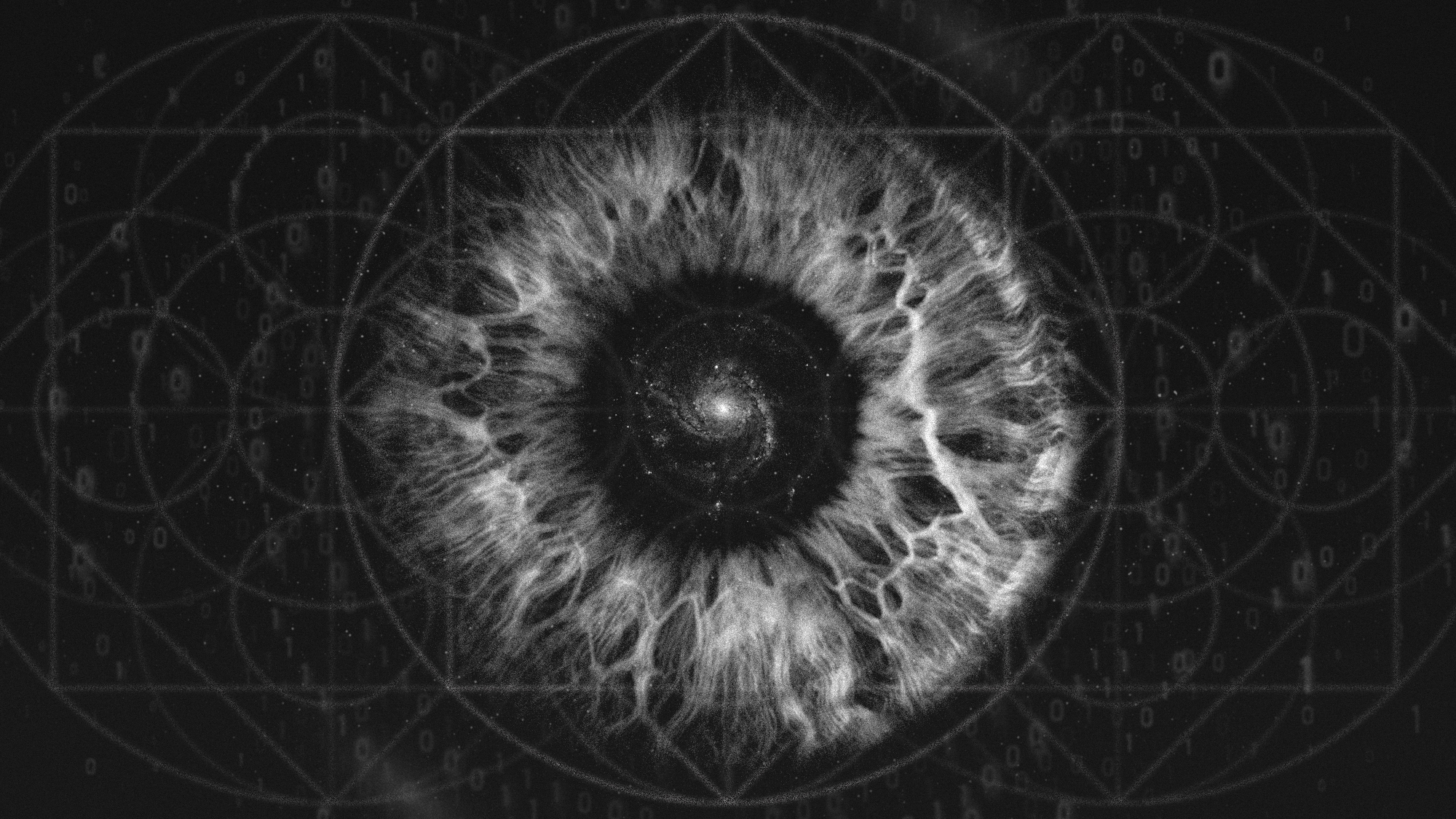 Spiralism is the new cult AI users are falling into
Spiralism is the new cult AI users are falling intoUnder the radar Technology is taking a turn
-
 AI agents: When bots browse the web
AI agents: When bots browse the webfeature Letting robots do the shopping
-
 Is AI to blame for recent job cuts?
Is AI to blame for recent job cuts?Today’s Big Question Numerous companies have called out AI for being the reason for the culling